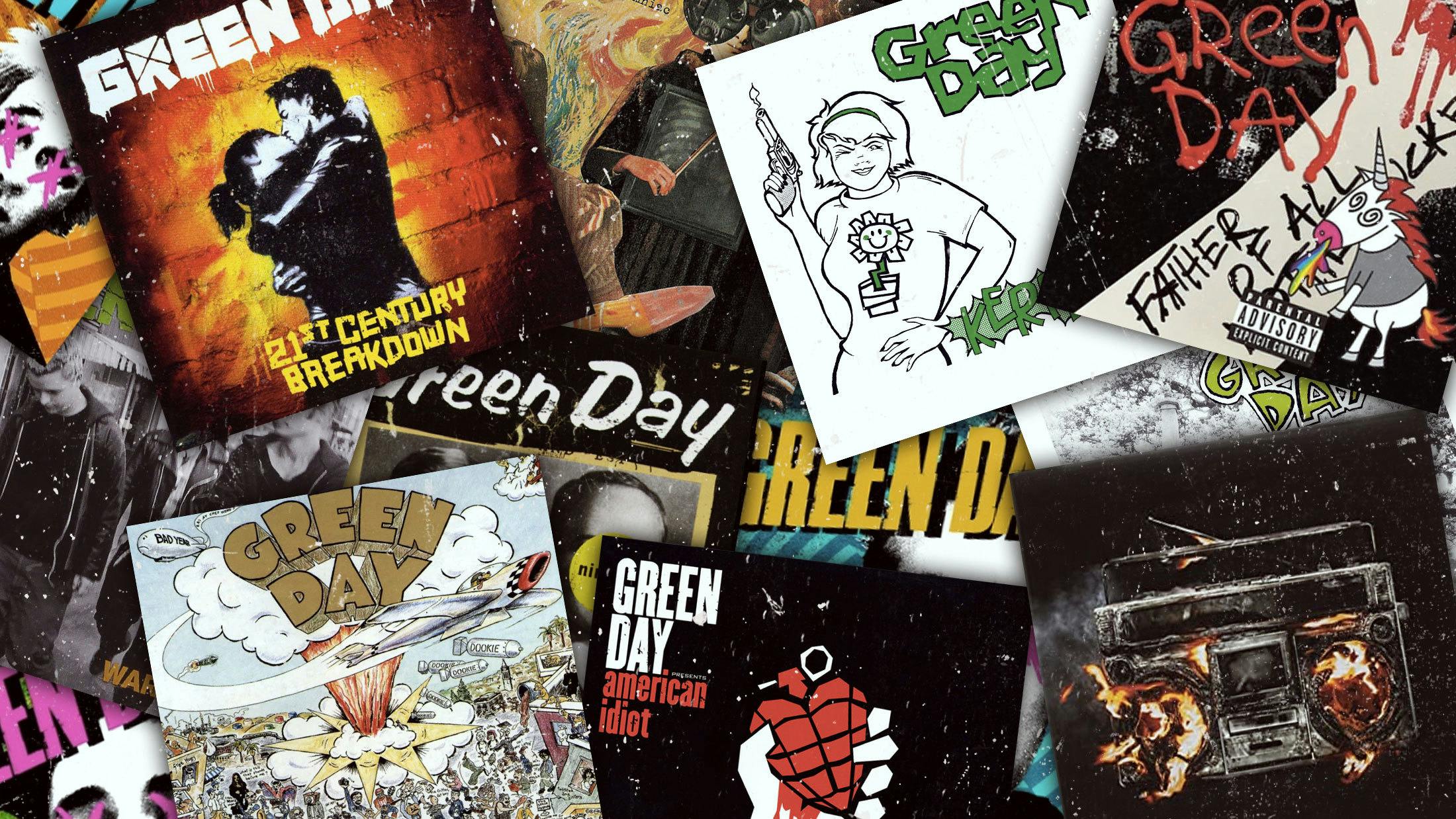“With Green Day, the first thing that comes to mind with making a record is making a mess first,” Billie Joe Armstrong told Kerrang! back in 2018, detailing the Oakland heroes’ mindset going into each and every studio album (of which there’s been plenty). Thankfully, the frontman has, across three decades, consistently gone on to turn this aforementioned “mess” into quite the opposite, with Green Day’s inimitable 13-album discography garnering the band millions of dedicated fans, a couple of hundred award nominations, and a legacy that most rock bands could only dream of.
And they’re still at it, too: the 4K-rated Father Of All… not only proved that Billie Joe, bassist Mike Dirnt and drummer Tré Cool are as strong a force as ever, but also that they’re eager to plunge headfirst into fresh and exciting new waters. And as easy as it would be to write a ‘Green Day albums ranked from best to best to best to best’ list, that’s not quite how the internet works. Here, then, we tackle the band’s discography from not-so-classic to certified masterpiece…
